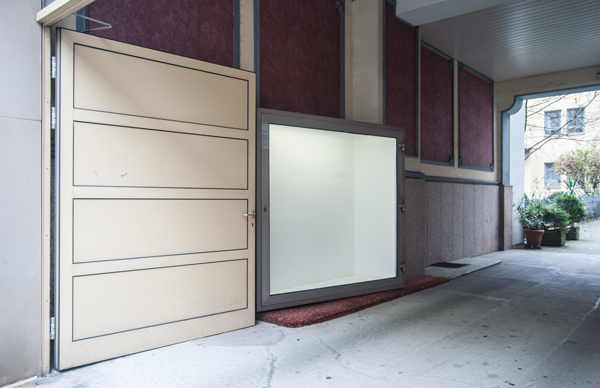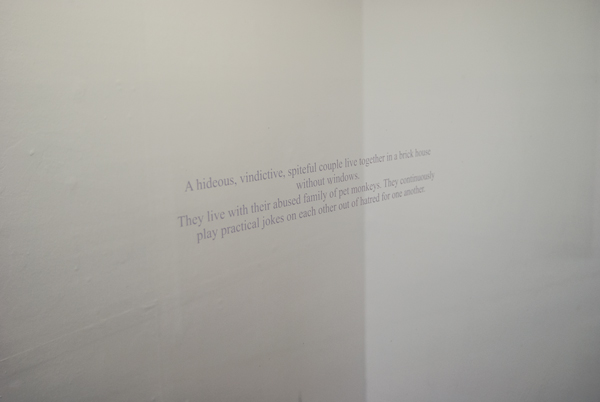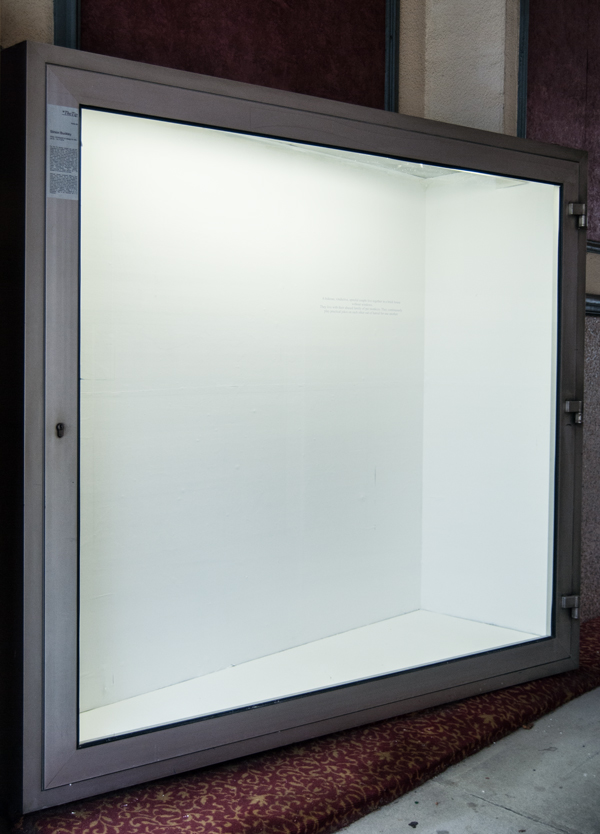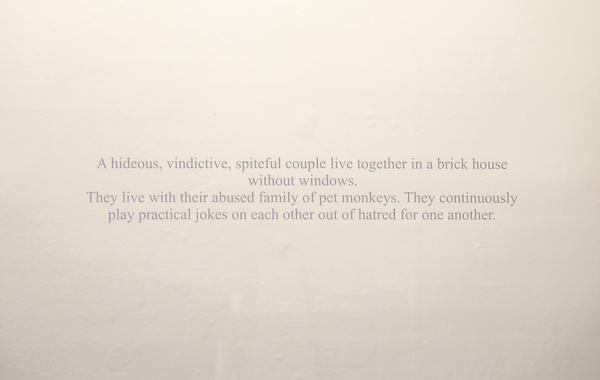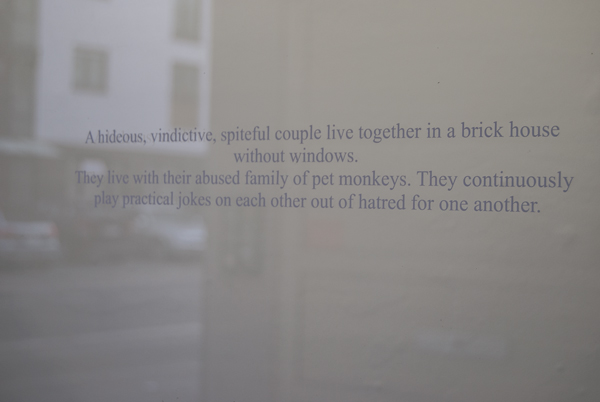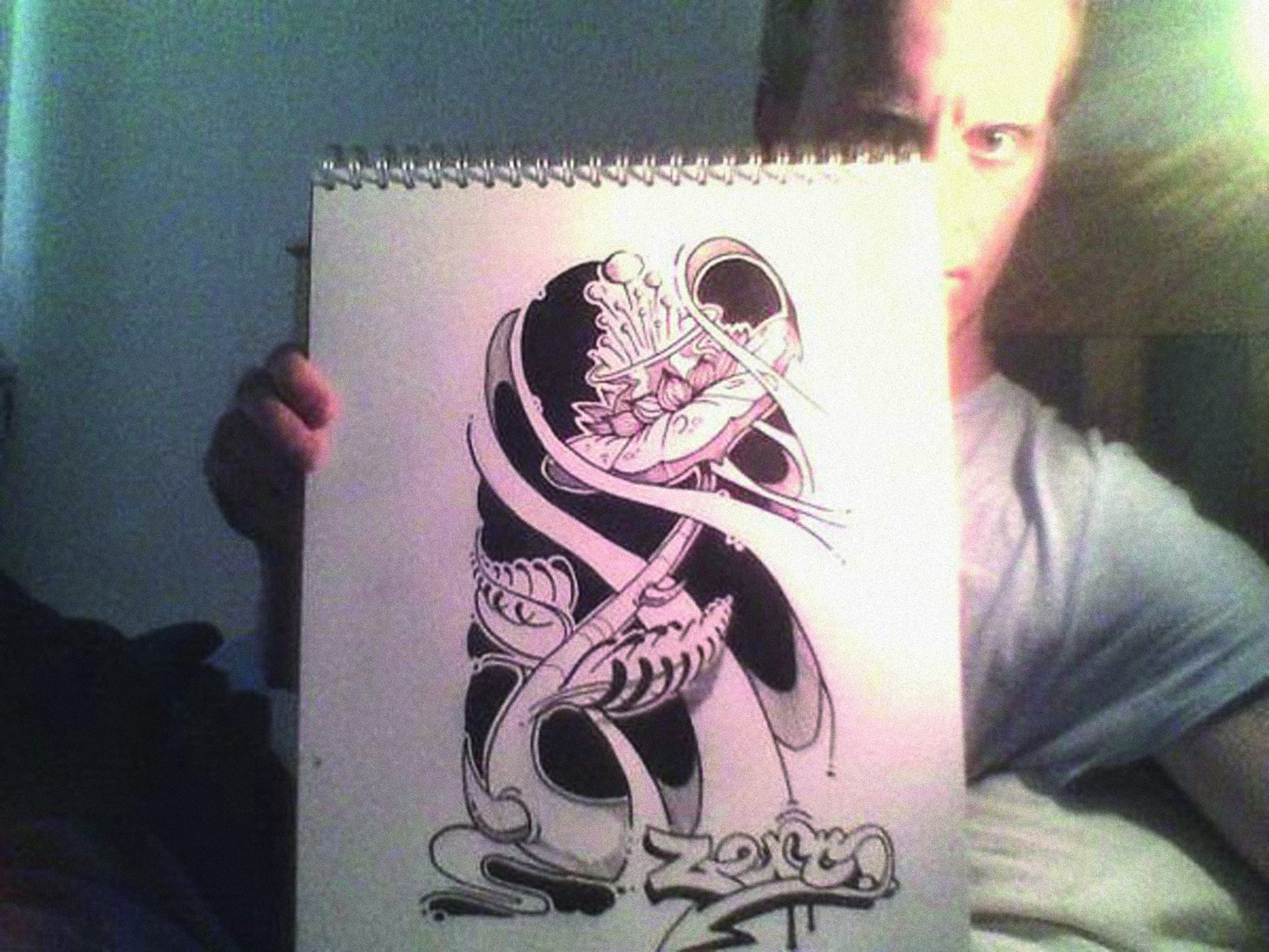
ROT HOUSE
26.11.2016 -12.02.2017, OPENING 25.11.2016, 18h BANGKOK
For The Tip Bangkok, Buckley presents a newly commissioned work entitled Rot House (2016). Indicative of his interests in commercial symbolism, embedded fiction and the ethics of authorial commodification, Buckley has taken an unattributed amateur artist’s drawing of an iconic image of John Lennon, enlarged it and printed it on a custom made silk flag. The straight edges of the flag become a crude outline for the floating features of the slightly absurd face. The swathes of empty white material leave the hanging appearing as something between an oversized novelty Turin Shroud, and a white flag of surrender (the complex connotations of both left conspicuously unaddressed). Whatever this thing encased within this box is, its sombre eyes and thin smile seem to deliver a great many layers of emptiness to us simultaneously.
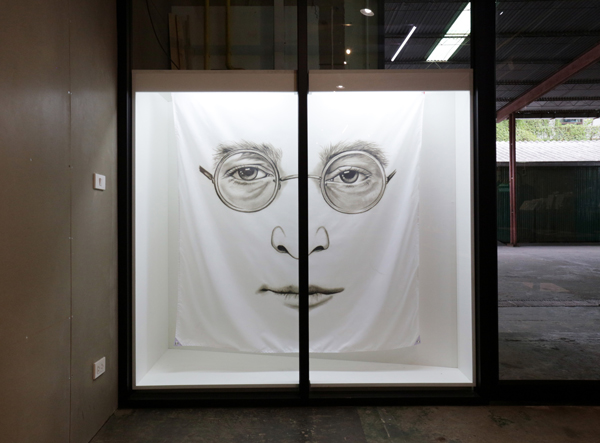
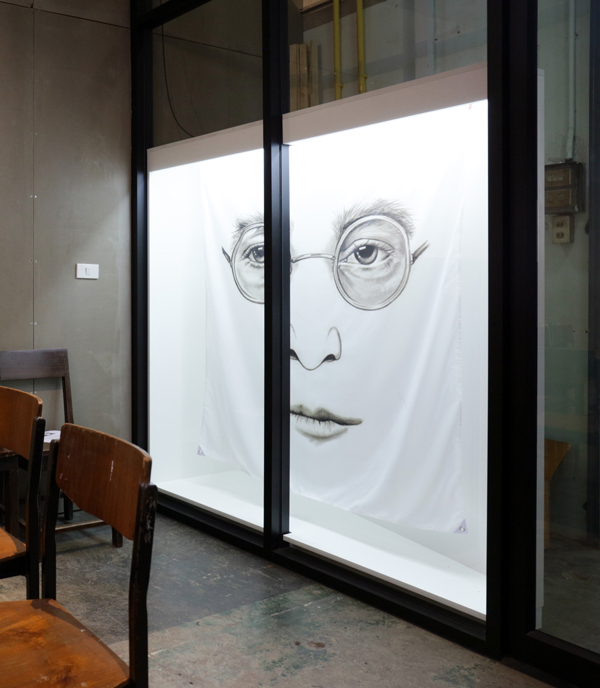
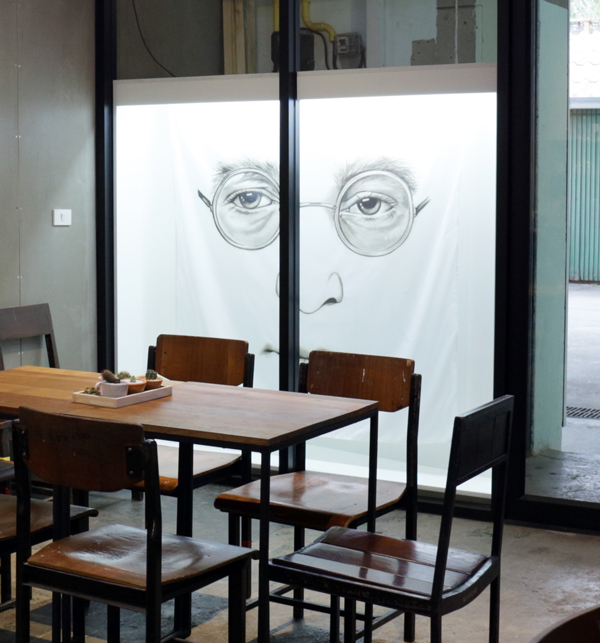
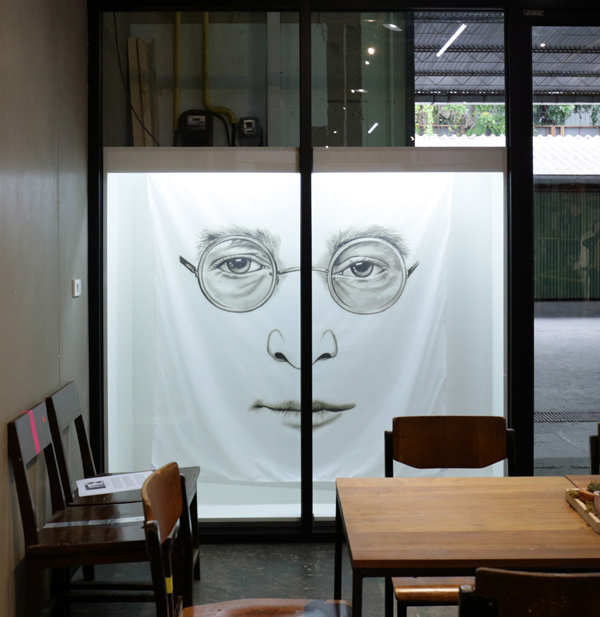
PAUL SCHOLES (A design for life)
28.09. - 12.11.2014, OPENING 27.09.2014
For The Tip Buckley exhibits just one site-responsive work entitled: ‘PAUL SCHOLES (A design for life)’ (2014). His characteristically playful approach to the commission sees the surface of the vitrine itself being used as the arena for display, rather than the space which its existence encapsulates (and which has been left conspicuously empty). The work consists of the three opening sentences from the Wikipedia summery of Roald Dahl’s ‘The Twits’ (1979) being applied to the glass of the vitrine in vinyl lettering. The title of the work makes reference to Manchester United’s iconic ex-midfielder, Paul Scholes, who, rumor has it, keeps around 40 – 50 animals in his home at any one time.
Although visually somewhat different from many recent works, like all that Buckley produces, this is a work that is designed to activate a complex critical agenda, provoking considerations around the power/inadequacy of art and authorship (his own work included) within the terrain of culture and politics, and the nihilism of trying to find an equivalence of things balanced against a plea for an ethical discrimination between things. It is an approach to creation that is difficult as it is accessible, that is as important as it is irreverent.
